Blog
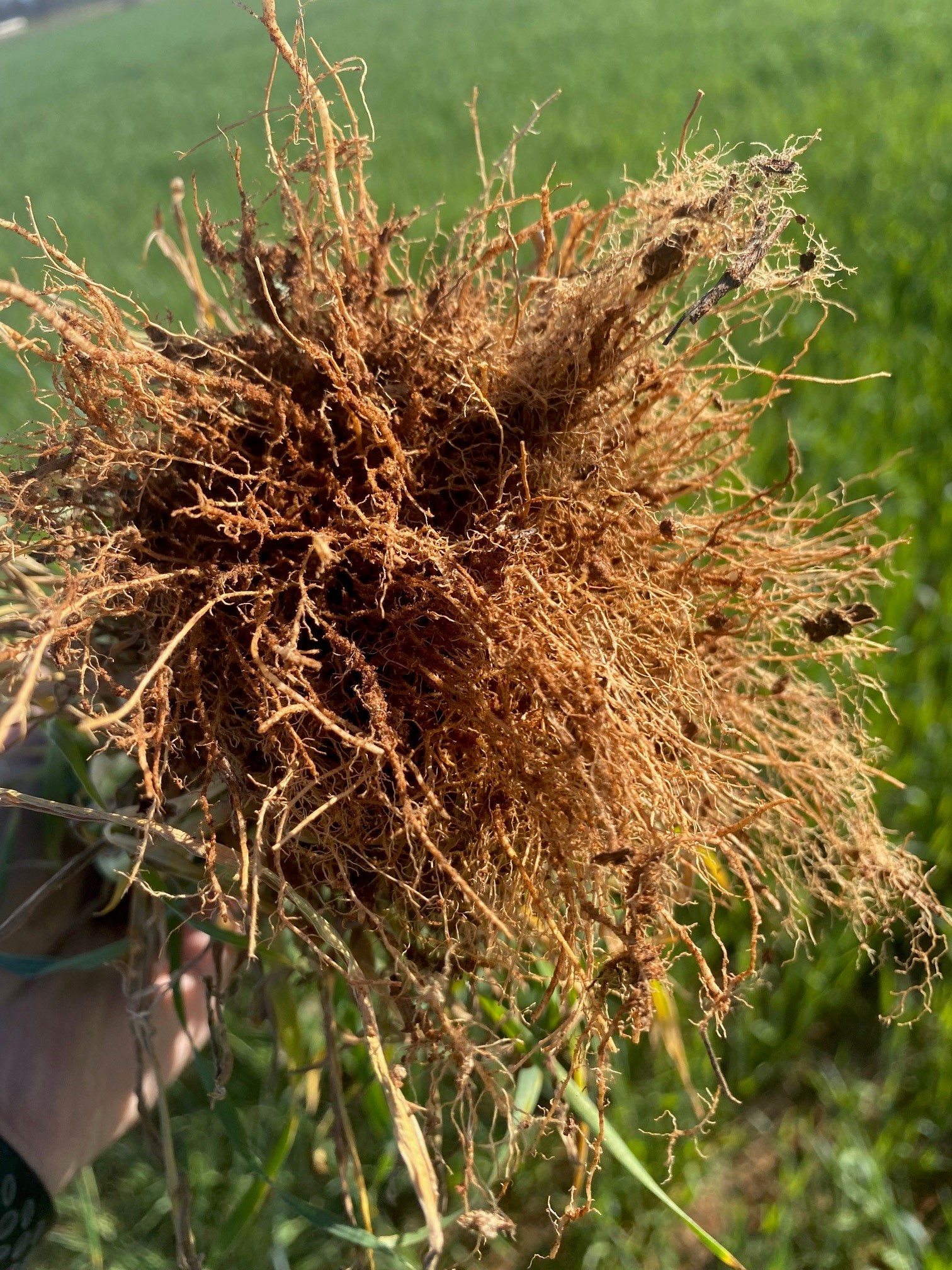
Customer Spotlight: Omnicrobe Natural Solutions
David Bray serves as the agriculture and livestock consultant for Omnicrobe Natural Solutions, an all-natural microbial amendment, and represents the company throughout the United States. Omnicrobe Natural Solutions has performed soil tests in Texas, Oklahoma, and Kansas on a variety of crops. Their SOIL2 product breaks down the nutrients that
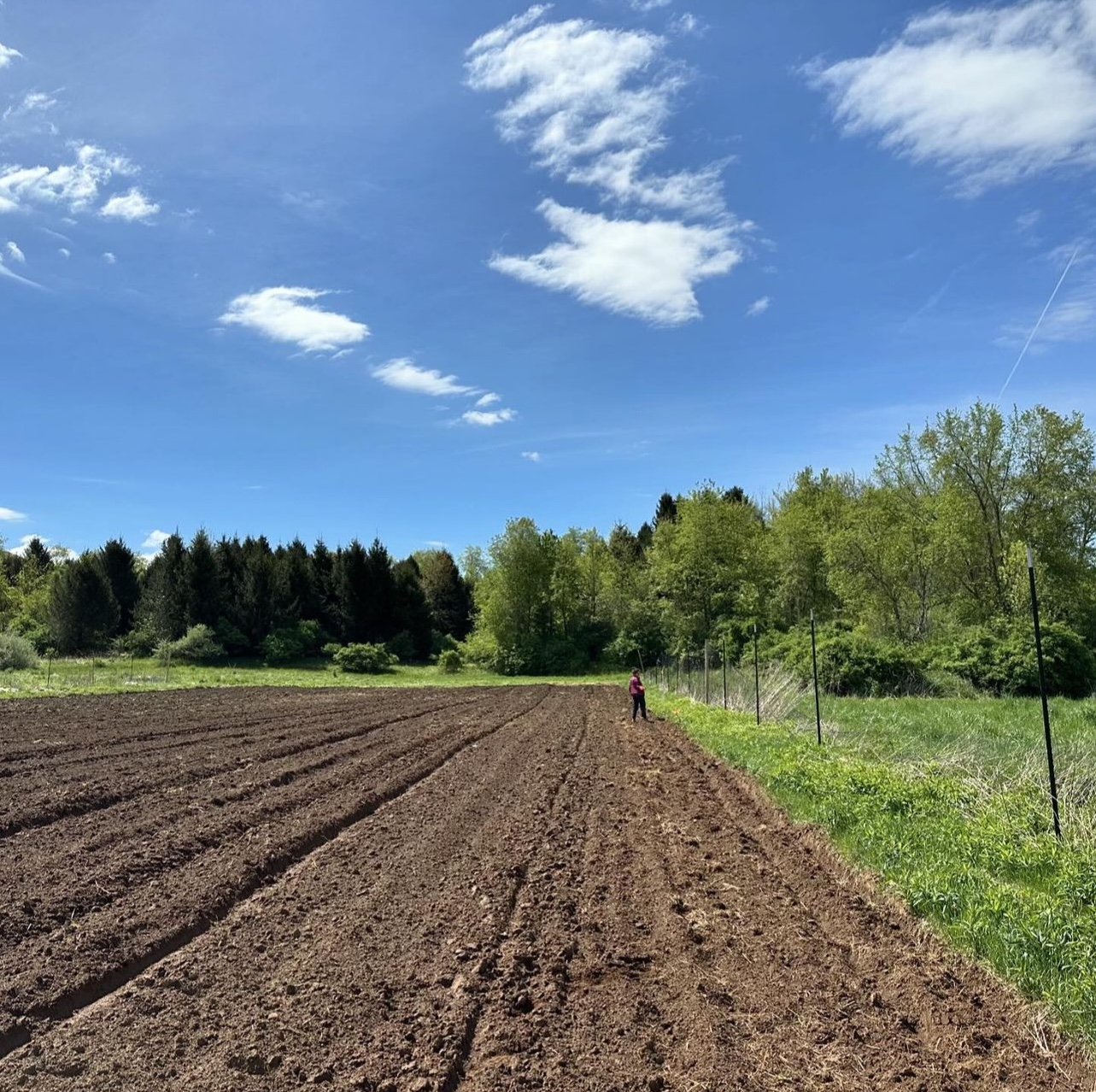
Sorghum and Soil Health
The Carbon Sponge Hub at White Feather Farm has been awarded a 2024 Northeast SARE Farmer Grant to lead a network of five small farms in New York’s Hudson Valley region to continue to trial and evaluate white-grain, annual sorghum for yield and changes in soil health while also evaluating
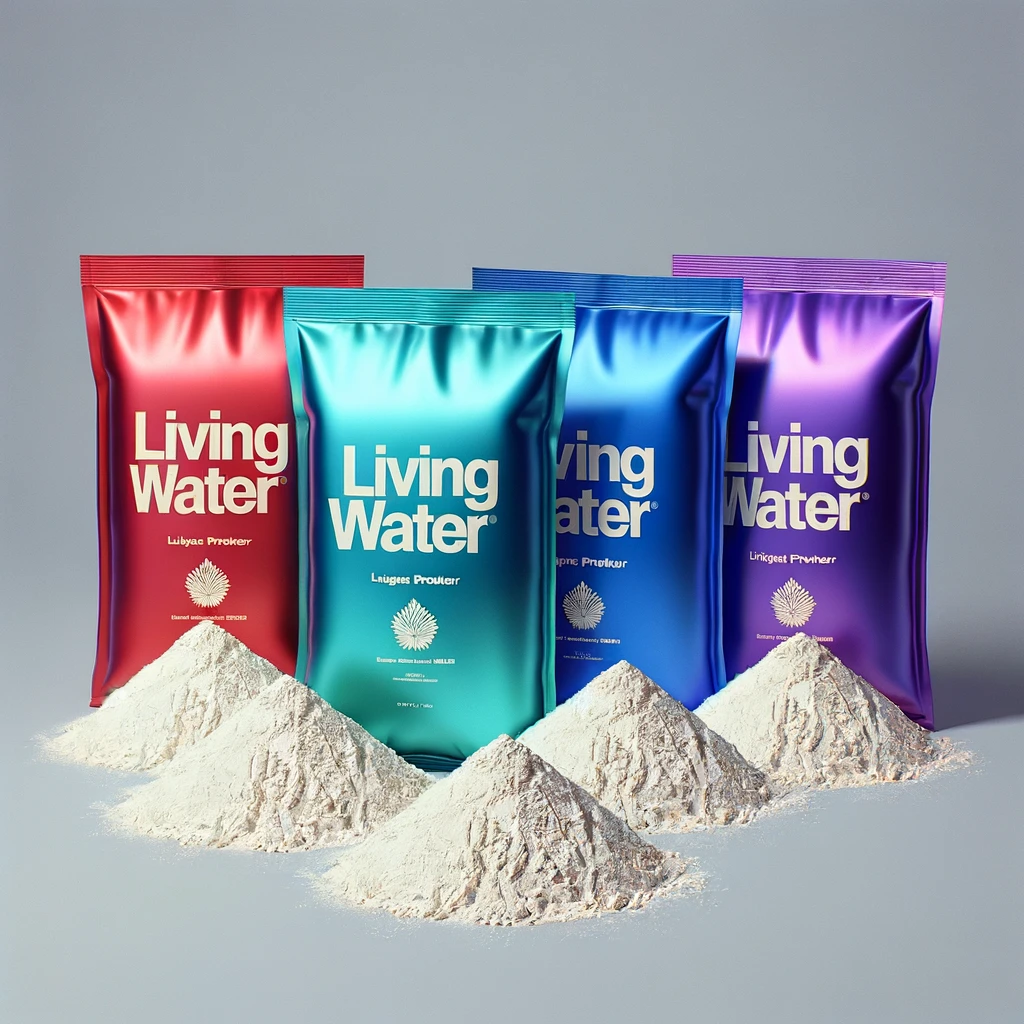
Customer Spotlight: Living Water
Leveraging microBIOMETER® for Increased Soil Health Our customer Living Water has been utilizing microBIOMETER® to enhance their approach to sustainable farming and to refine their microbial treatments, ensuring they meet the specific needs of each farm. Their innovative system integrates with the existing irrigation setup to distribute beneficial microbes effectively.
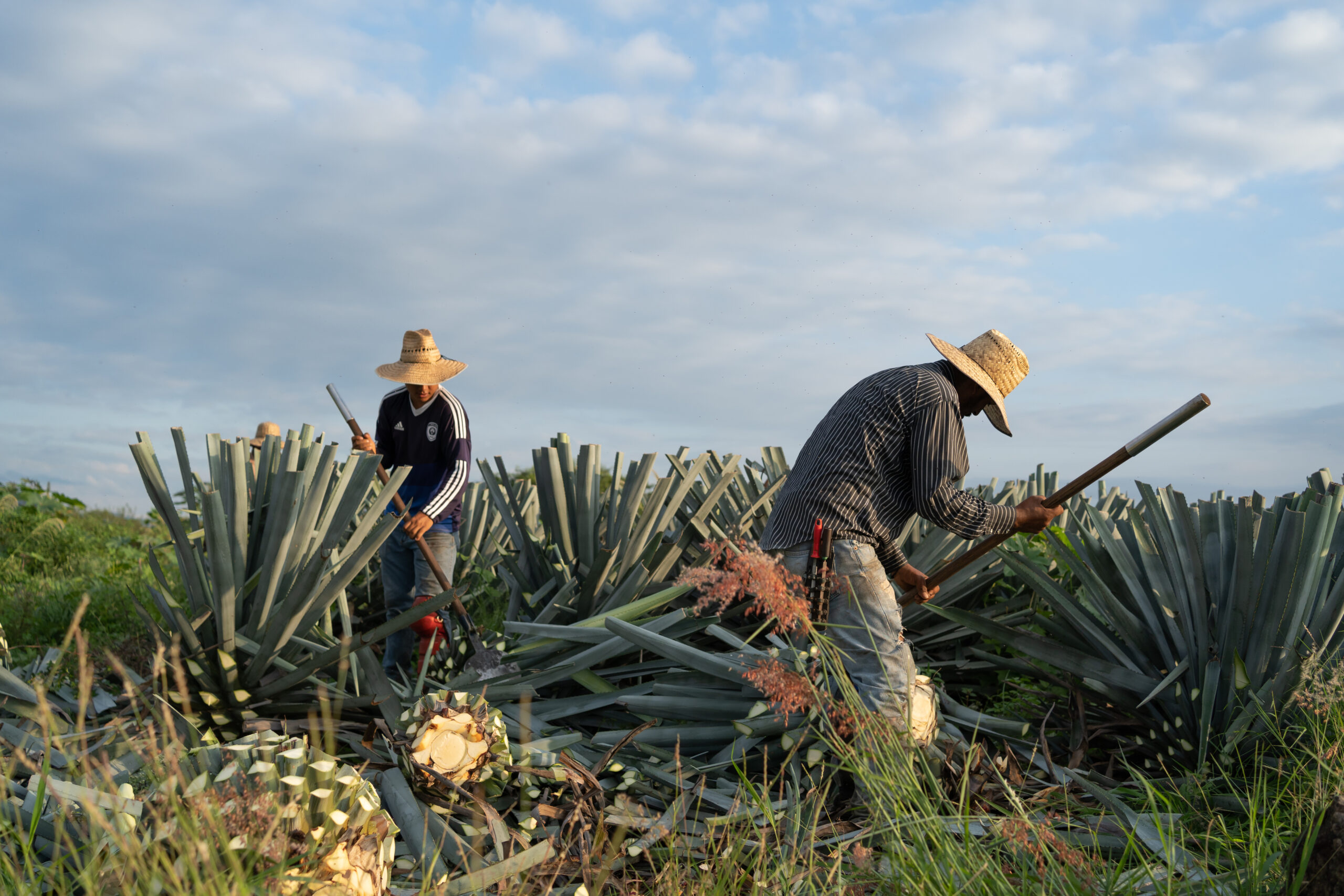
Soil testing in Mexico
In the Pacific region of Mexico (state of Sinaloa), many vegetables are grown mainly for export to the United States and Canada. The soils in these crops have been greatly affected by the intensity of their management, which has unfortunately caused a considerable loss in their fertility and microbial biodiversity.
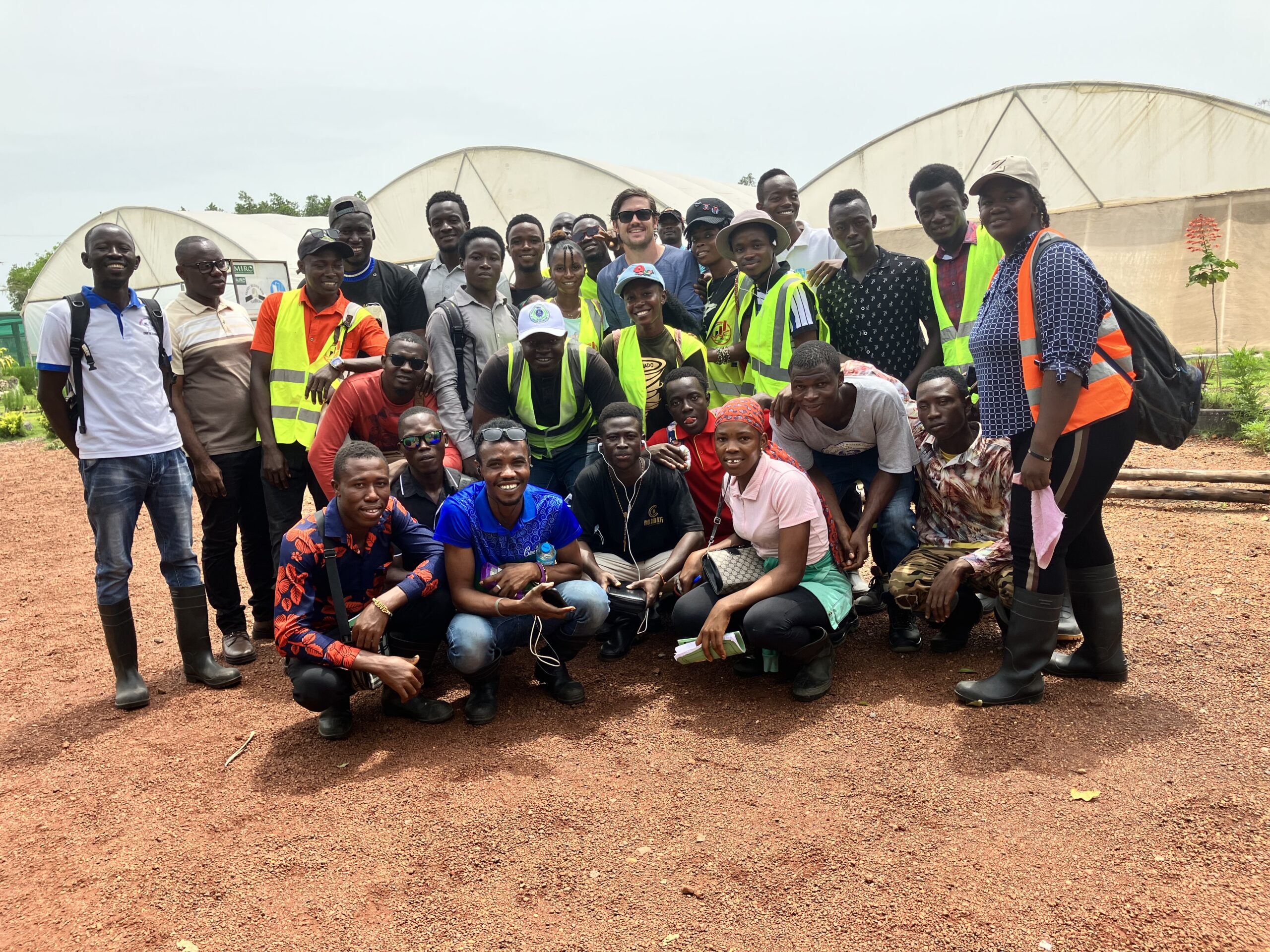
microBIOMETER® in Sierra Leone
Drew Hundelt, Horticultural Specialist and Agroecology Practicioner, has partnered with Gibrill Sesay at Central University in Sierra Leone and microBIOMETER® is playing an important role in their work. Central University is a beautifully maintained college campus nestled in the lush tropical surroundings of Tonkolili in the Northern Provence. Drew first
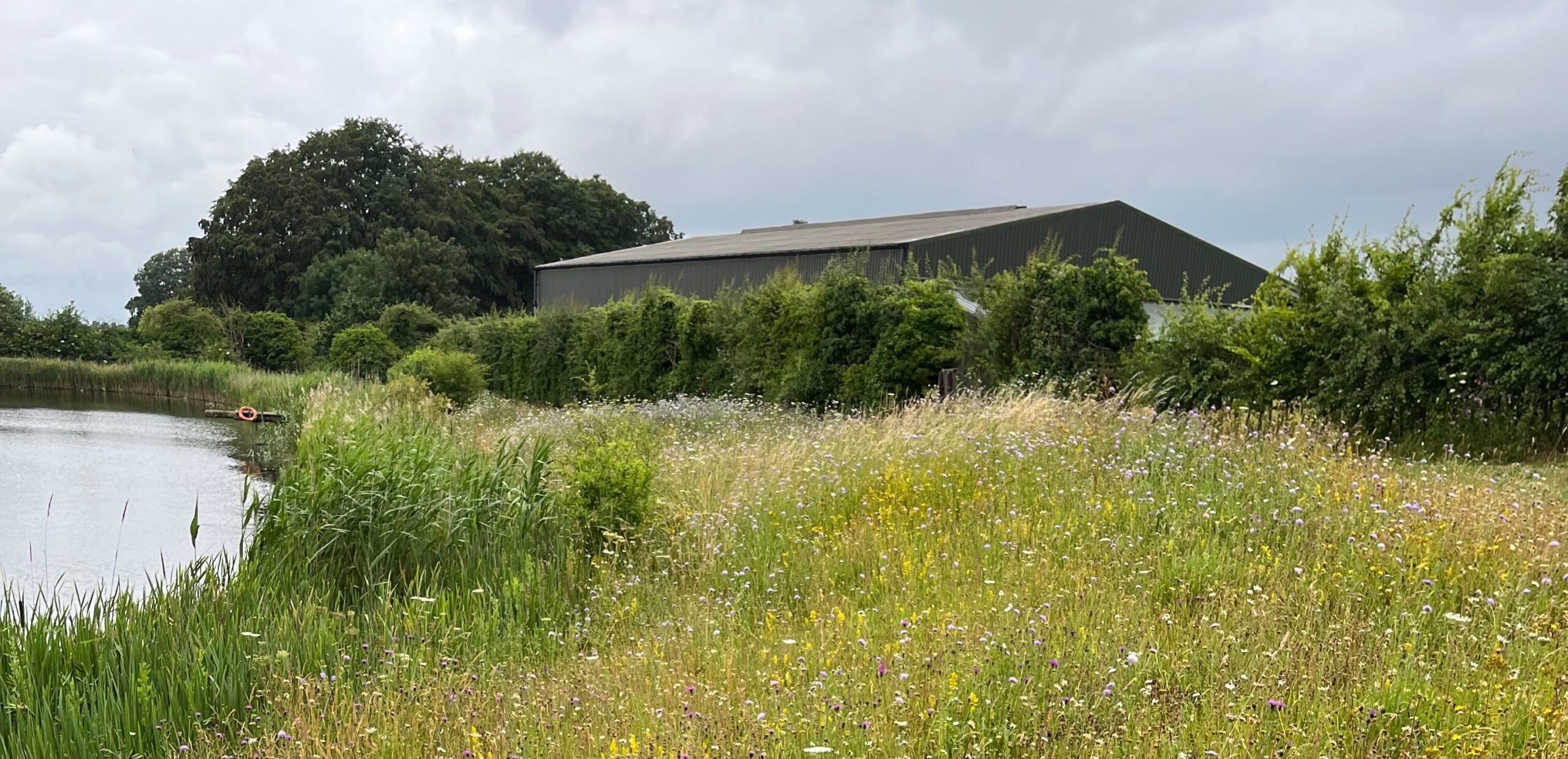
Plant diversity and soil health at Wildflower Turf Ltd
Founded in 2003 UK based Wildflower Turf Ltd has pioneered and developed a soil-less growing system which has transformed the concept of turf growing. Working with soils a fair bit, it being the substrate into which their products are grown, they are interested in understanding the relationship between plants and
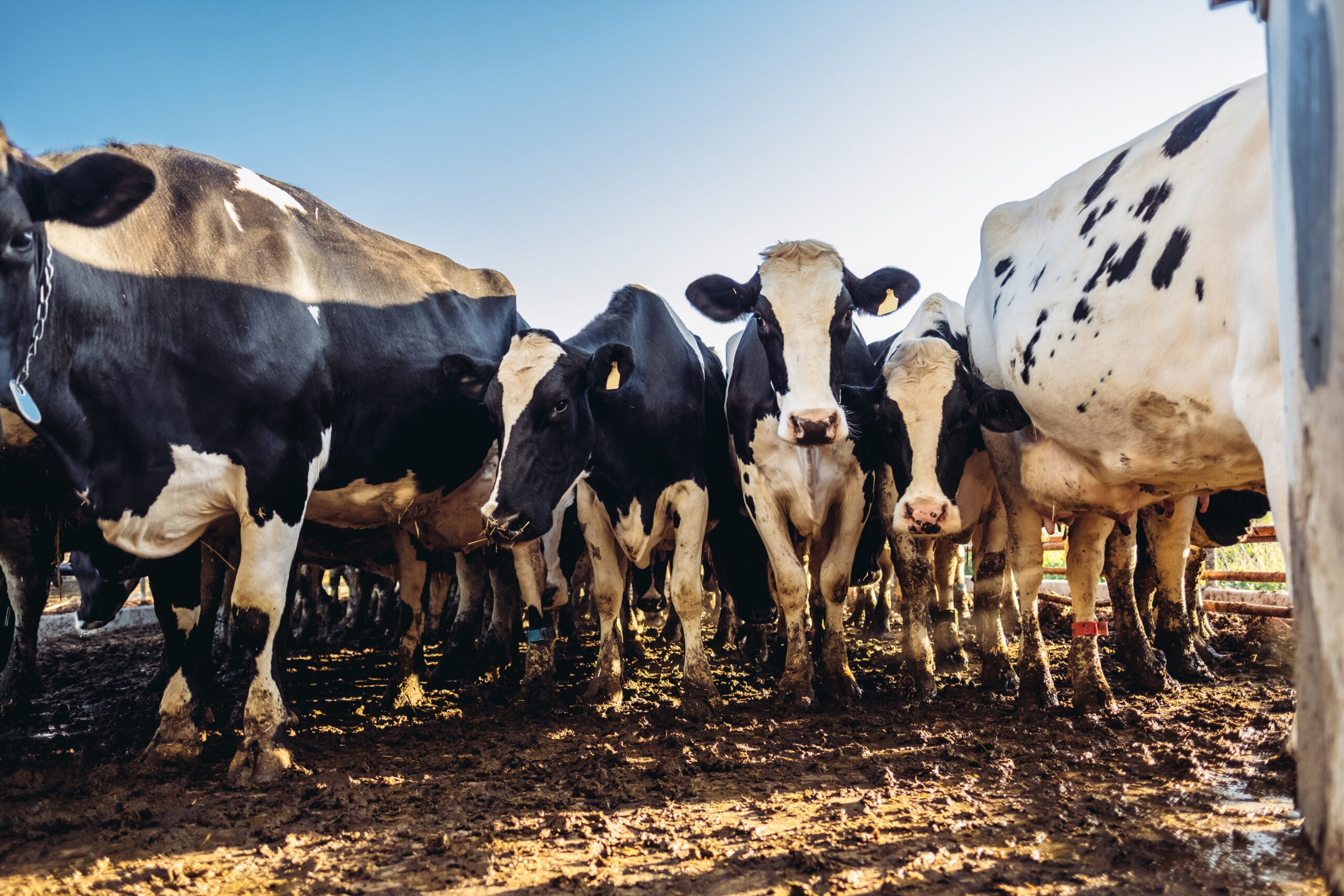
microBIOMETER testing at Cornell University
Gurpreet Kaur, a PhD student with the Nutrient Management Spear Program (NMSP) at Cornell University, has been working with microBIOMETER® soil testing kits to evaluate the impact of dairy manure application and field history on soil health and yield in corn fields in New York. This project is part of
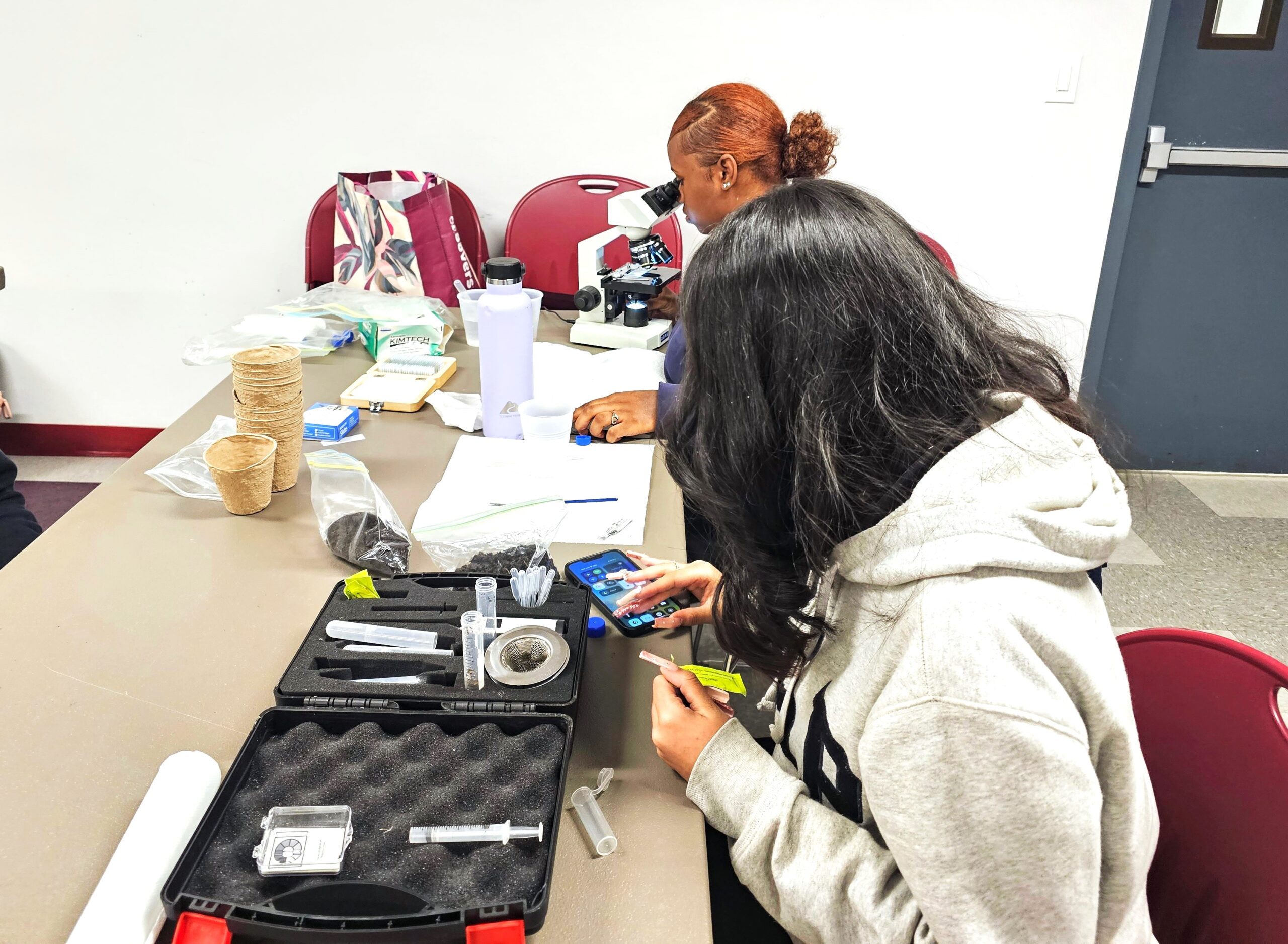
Soil testing at Central High School
The Central High School Special Education 9th and 10th grade science class reached out to the NOFA/Mass Food Access Team to assist in preparation of the Massachusetts Comprehensive Assessment System (MCAS) exams. Mr. James Wilkins, the Department Chair, in collaboration with Sis. Anna Muhammad, Food Access Director, created a year

Soil Testing Liquid Vermicompost with microBIOMETER®
Worm Power, a world leader in organic vermicompost products, helps growers improve crop yield and plant performance through increased root development and plant nutrient uptake. Worm Power’s Vermicompost Liquid Extract is shelf-stable soil amendment from liquid worm castings that have hundreds of diverse bacteria species. The company currently utilizes the
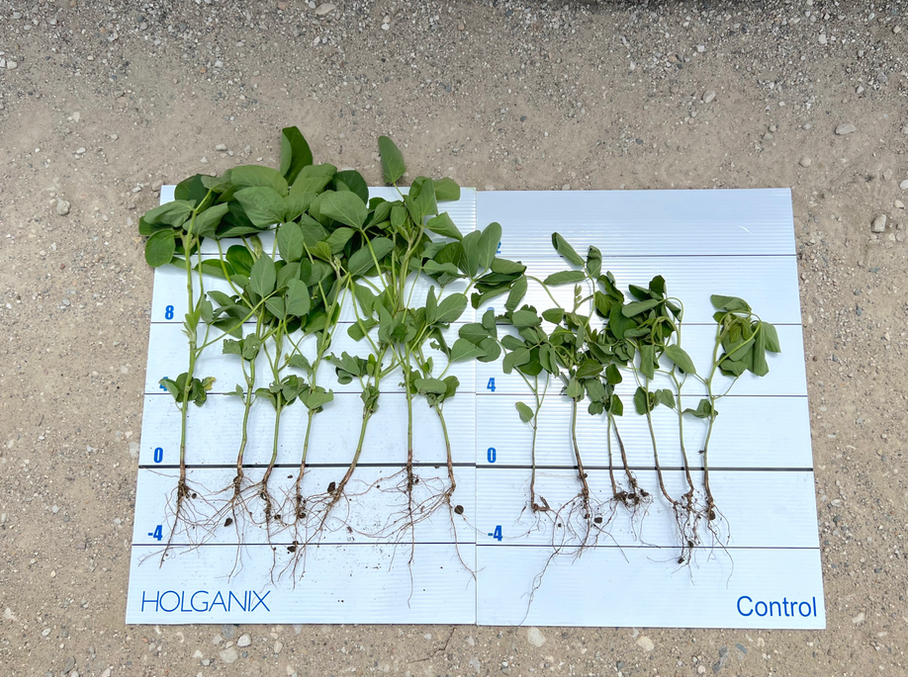
Holganix Midwest
Holganix utilizes the microBIOMETER® test as a baseline for their customers to see the fungi and bacteria levels present in their soil. These results act as a starting point. Most of the soil initially tested is bacteria dominant. That is what the company is trying to change. The Holganix product
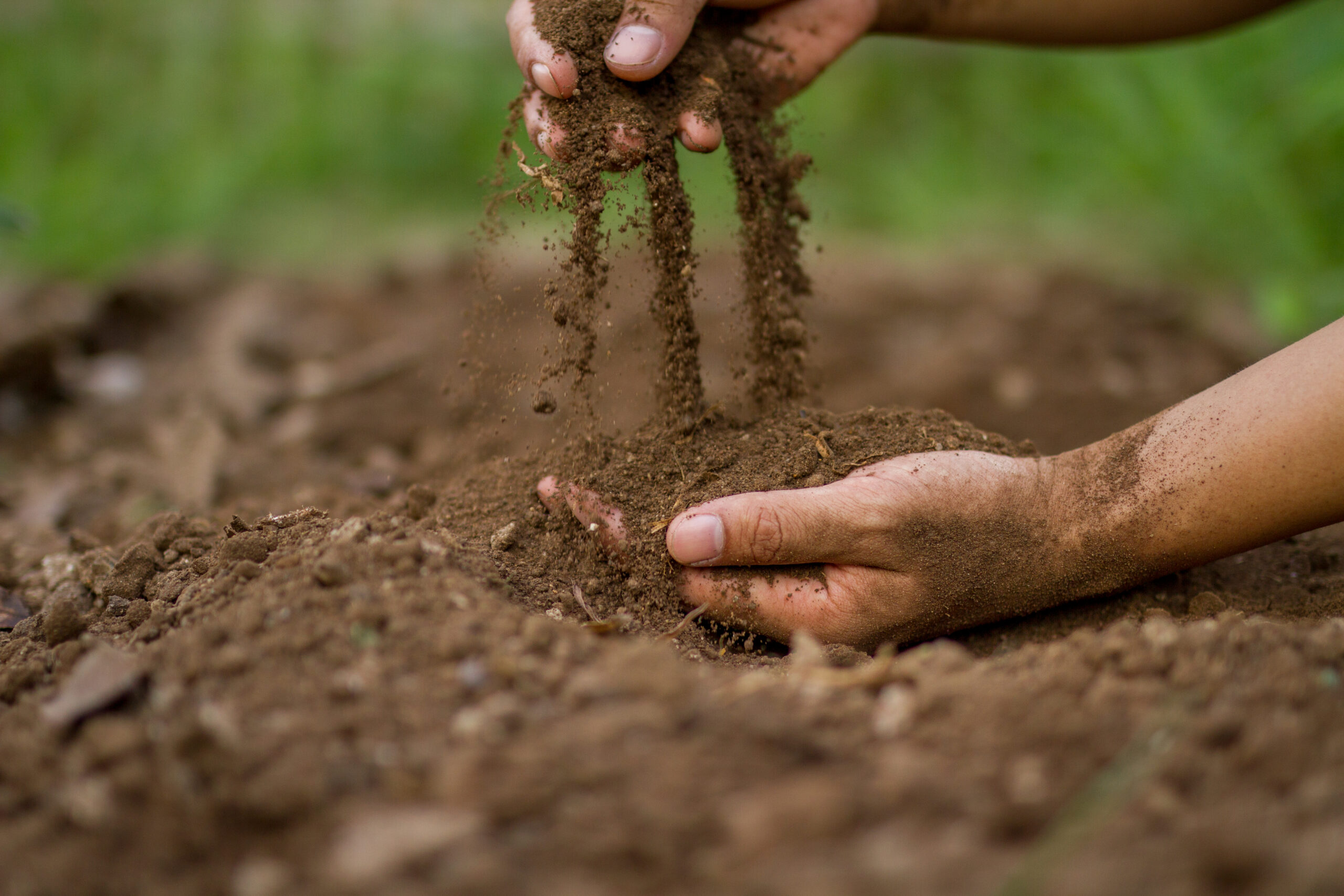
Which soil test is right for me?
There are many soil tests on the market so it can be difficult for farmers to ascertain whether or not they’re choosing the right one. The truth is, there are pros and cons to every soil test. Therefore it boils down to finding which ones align best with your farming
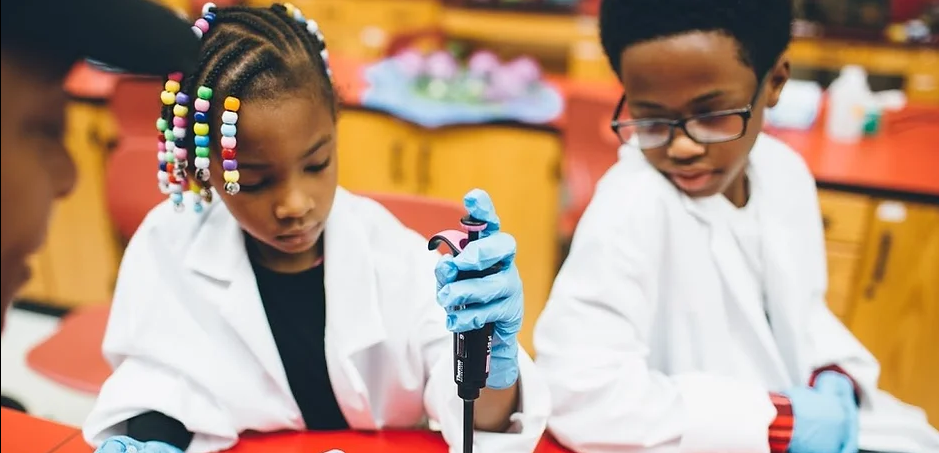
Bright Endeavors Now
Bright Endeavors Now (BEN) located in Tanzania, East Africa was started by Biology professor Dr. Regina Herbert, PhD and her husband, an Electrical Engineer, Ricardo R. Herbert, MUP, MBA. The BEN program provides an environment where budding engineers, designers, scientists and doctors are introduced to concepts in the sciences, technology,
